The President of the autonomous community of Andalusia, Mr. Manuel Chaves González, visited on April 20th the Calar Alto Observatory. In this clear and rather cold morning, the President has had the opportunity to get acquainted with the Observatory and its staff...

Calar Alto releases to the astronomical community the widest integral field spectroscopy mosaic survey of the Great Orion Nebula. This survey constitutes the widest (both spatially and in spectral range) survey ever done of this object, and allows, for the first time, the study of the true integrated properties and complex structure of this canonical, nearest to Earth HII region. The paper presenting these data, by Calar Alto astronomer Sebastián F. Sánchez and collaborators from Spain and the Netherlands, was recently published and highlighted by the European journal Astronomy & Astrophysics on its April 1 issue. Images from the survey appear on the cover of this A&A issue.

All the information on the 2007 Calar Alto Colloquium can be found here. Looking forward to see you in Heidelberg in May.
 During
the night from the 3rd to the 4th of March 2007, a total lunar eclipse
was visible in excellent conditions from Europe and Africa. This
impressive celestial phenomenon was followed and photographed from
Calar Alto Observatory. A short movie was assembled with the images and is now available.
During
the night from the 3rd to the 4th of March 2007, a total lunar eclipse
was visible in excellent conditions from Europe and Africa. This
impressive celestial phenomenon was followed and photographed from
Calar Alto Observatory. A short movie was assembled with the images and is now available.
Page 47 of 49
 English (UK)
English (UK)
